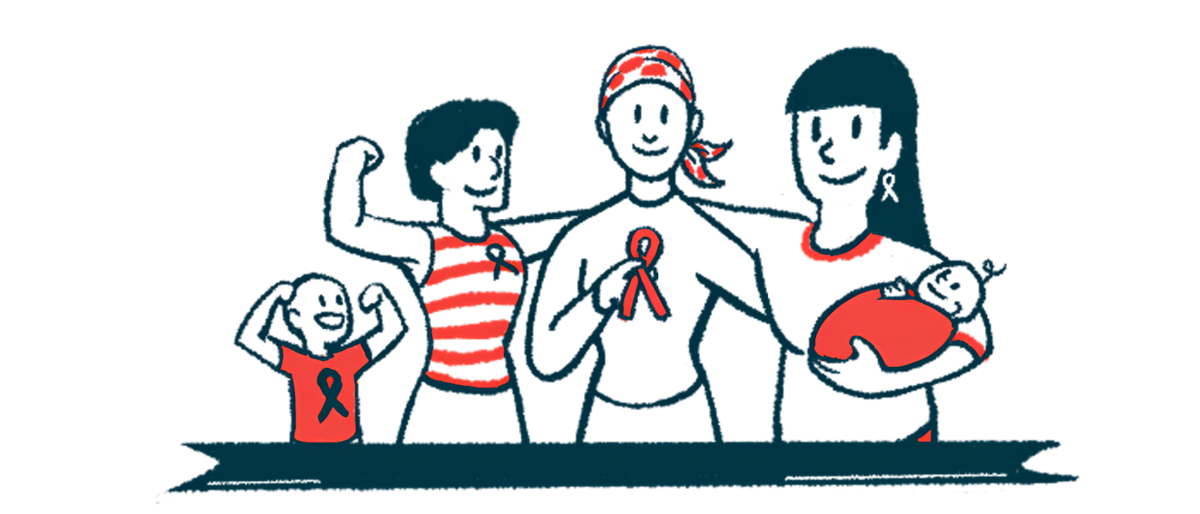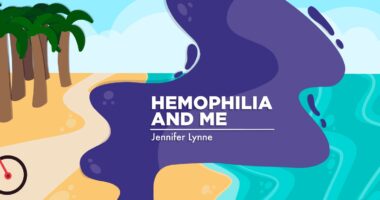Women, girls in focus on World Hemophilia Day
'Access for all' is theme for World Hemophilia Foundation campaign

World Hemophilia Day is April 17, and this year it will focus on the challenges of women and girls living with hemophilia and other bleeding disorders.
The World Federation for Hemophilia (WFH) said the theme of its campaign is “Access for all: women and girls bleed too.”
“Today, women and girls are still underdiagnosed and underserved,” the foundation says on its World Hemophilia Day website. “The global bleeding disorders community has the power — and the responsibility — to change this.”
To encourage people and organizations to stay engaged in the countdown to World Hemophilia Day and bring attention to women and girls with hemophilia and other bleeding disorders, the WFH has put together a list of awareness-raising activities on an information sheet.
In hemophilia, blood cannot clot properly to stop bleeding. As a result, patients may experience episodes of heavy, longer-than-usual bleeding that can be difficult to control. While it is more common in men and boys, women and girls can have hemophilia.
Women ‘often viewed solely as carriers’
Hemophilia A and B, the two most common types of hemophilia, are caused by mutations in the F8 and F9 genes, respectively, which are located on the X chromosome. Boys have one X and one Y chromosome, while girls have two X chromosomes.
Women who have a mutation in F8 or F9 on one X chromosome usually don’t develop hemophilia as long as their other X chromosome carries a functional version of the gene. Most women are carriers, meaning they can pass the mutated gene to their children, even if they themselves do not experience hemophilia symptoms.
Some women and girls do experience symptoms, including heavy menstrual bleeding, frequent bruising, and heavy bleeding after giving birth. Heavy menstrual bleeding can lead to anemia (low numbers of red blood cells that carry oxygen throughout the body) and fatigue.
“Recognizing women and girls with bleeding disorders is a significant milestone for our community. Cesar Garrido, president of the WFH, said in a foundation press release. “In the past, they were often viewed solely as carriers rather than individuals with a bleeding disorder. It is time to fully embrace and acknowledge their experiences and struggles.”
Activities for World Hemophilia Day include reaching out to national hemophilia organizations to learn how to raise awareness about women and girls with bleeding disorders, donating to fund research on hemophilia, and advocating for policies that ensure equitable access to diagnosis and treatment.
Buildings and landmarks worldwide will light up in red to show support for bleeding disorders. The WFH invites people to share their experiences with hemophilia on its website or to post on social media using the hashtags #WorldHemophiliaDay, #WHD2025, #WeBleedToo, and #LightItUpRed.
As part of the campaign, the WFH has made available posters, social media graphics, and other digital materials, along with a template providing step-by-step instructions for writing a letter to government officials and policymakers to advocate for change.
The nonprofit National Bleeding Disorders Foundation is joining in by encouraging people to wear red on World Hemophilia Day and to make donations in support of programs that improve care for women and girls with bleeding disorders.
The Haemophilia Foundation Australia (HFA) is also inviting the public to explore stories about how bleeding disorders have impacted patients and their loved ones, or to share their own. The foundation offers a printable coloring sheet, a quiz, and a scavenger hunt, along with a profile picture frame for social media.
“World Haemophilia Day 2025 is a worldwide call to action to close the gaps in care for women and girls with bleeding disorders, who often face delayed diagnoses, limited access to treatment, and a lack of understanding about their unique needs,” the HFA wrote on its website for the campaign.






